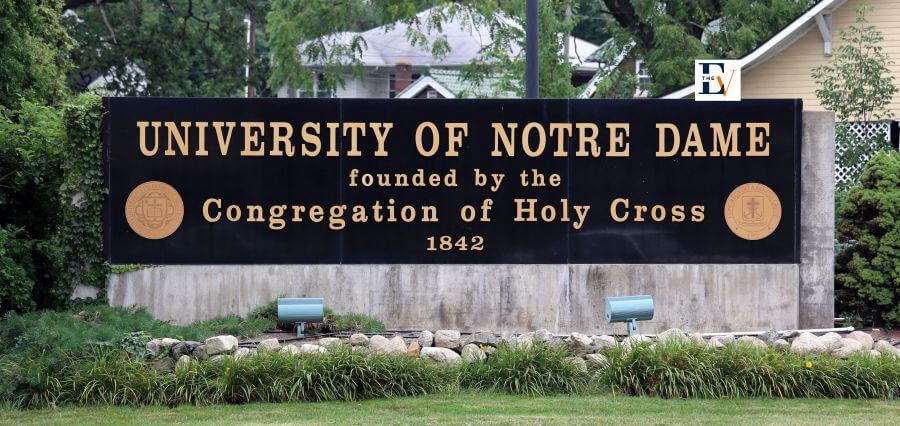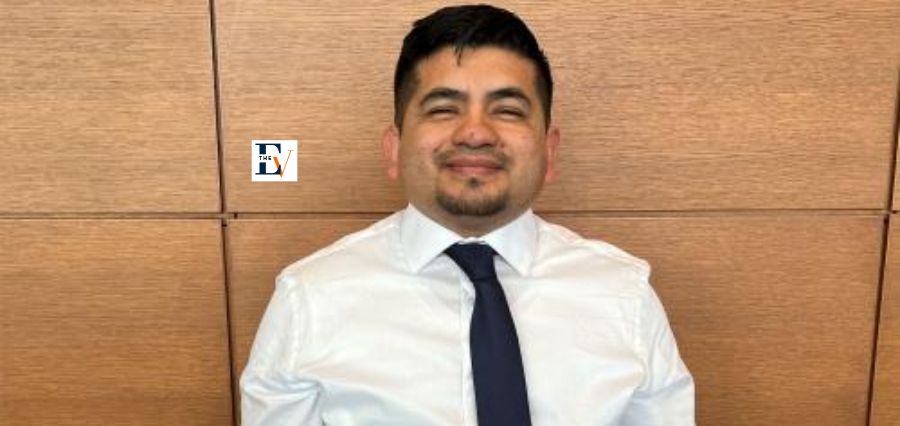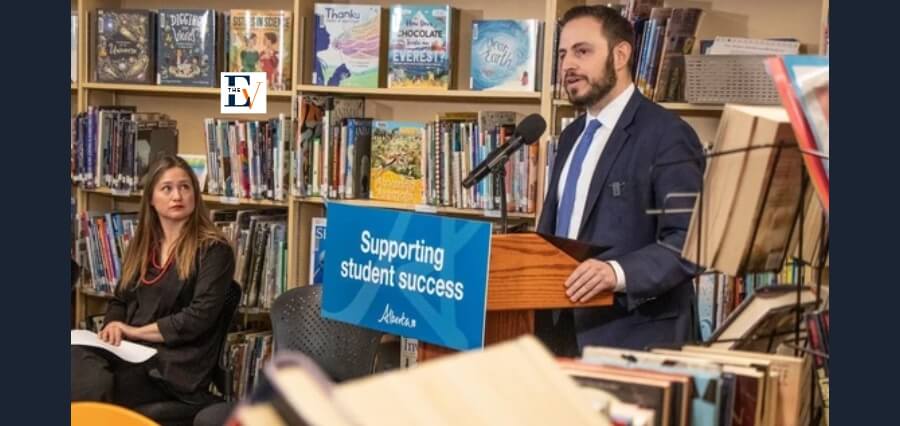The University of Notre Dame is commemorating 125 years of wireless research, education, and innovation with a contemporary re-enactment of one of the earliest long-range wireless transmissions conducted in the United States, alongside a full-day symposium featuring panels and laboratory tours on Friday, April 19.
On April 19, 1899, Jerome Green, a professor in the University’s electrical department, successfully transmitted a wireless message from Notre Dame’s Basilica of the Sacred Heart to Saint Mary’s College, known as Saint Mary’s Academy at the time, located over a mile away.
This experiment was groundbreaking for its time. Green and his students constructed their own radio equipment, drawing inspiration from the wireless telegraphy system pioneered by Guglielmo Marconi. Utilizing wooden posts to suspend a 150-foot-long wire transmit antenna from the spire of the Basilica, faculty and students confirmed the receipt of the message using a similar antenna at Saint Mary’s Science Hall, now known as Bertrand Hall.
The contemporary re-enactment of the transmission will occur between the Basilica and Bertrand Hall, albeit with adjustments as the Basilica’s spire is no longer accessible. The transmit antenna will be shortened accordingly. Moreover, the transmitter and receiver equipment have been modernized to accommodate the proliferation of wireless transmitters and receivers in the surrounding area, as well as the advancements in electronic circuits over the past 125 years.
Panel discussions will delve into various topics, including the history of early wireless experiments, the contributions of Notre Dame researchers to wireless innovation and radio spectrum access, wireless broadband digital inclusion, and the future of wireless and research initiatives. Additionally, lab tours will be conducted in Cushing-Fitzpatrick Hall and Stinson-Remick Hall to showcase the University’s current research capabilities, highlighting collaborative partnerships at regional and national levels.
“Many people overlook or are unaware of the complexities surrounding wireless technologies and their vital resource, the radio spectrum,” explained Nick Laneman, professor of electrical engineering, co-director of Notre Dame’s Wireless Institute, and director of SpectrumX, the National Science Foundation Spectrum Innovation Center. “When you engage in everyday activities like communicating with family and friends, checking the weather, or scheduling a rideshare on your smartphone, you’re not solely utilizing your mobile device and the cellular network. You’re also tapping into satellite systems that gather data crucial for weather forecasting, with these satellites depending on the radio spectrum for both sensing and communication. Additionally, GPS aids in pinpointing your location, essential information for weather or rideshare applications. It’s important to recognize the multitude of wireless systems at play, all of which rely on the radio spectrum.”






